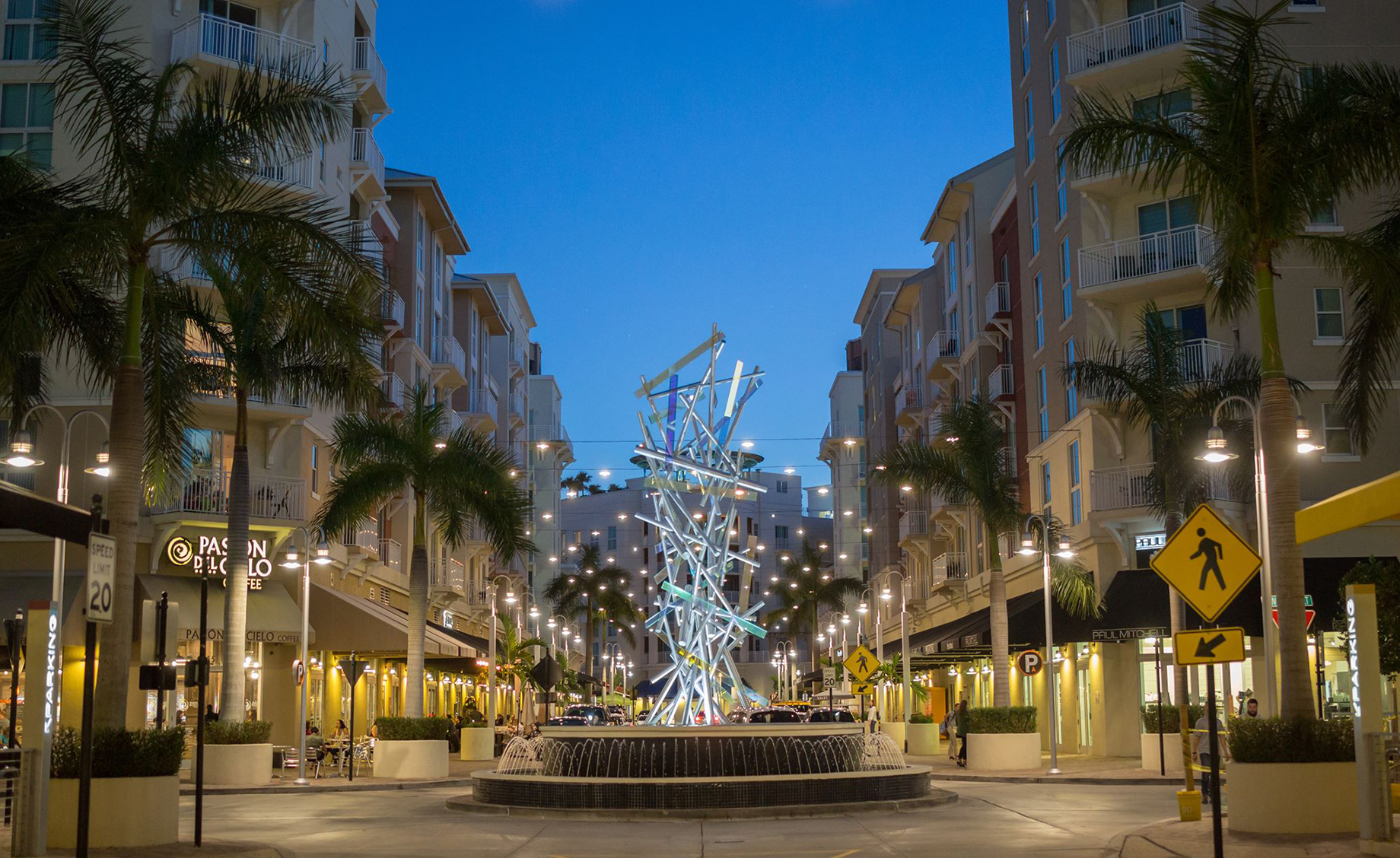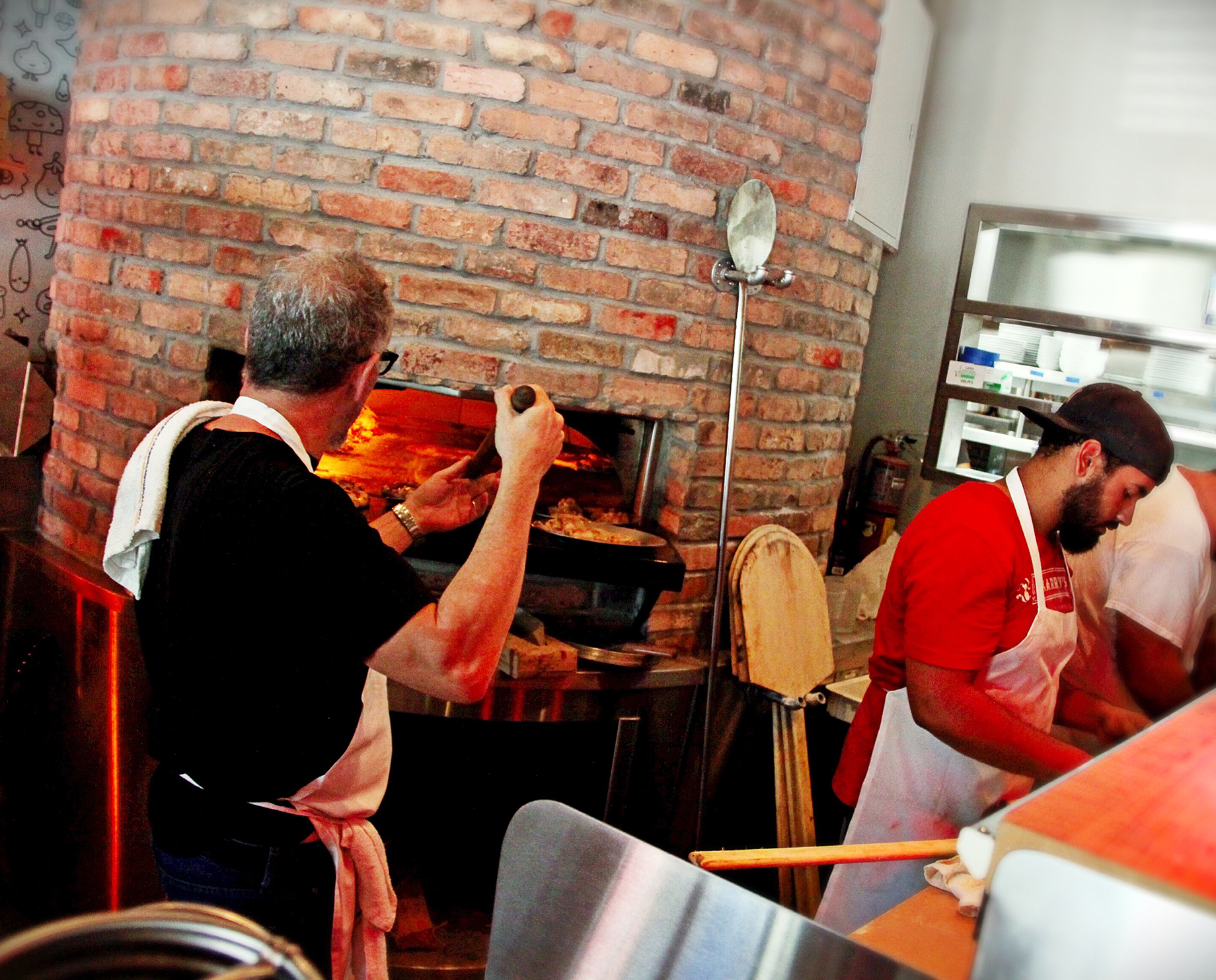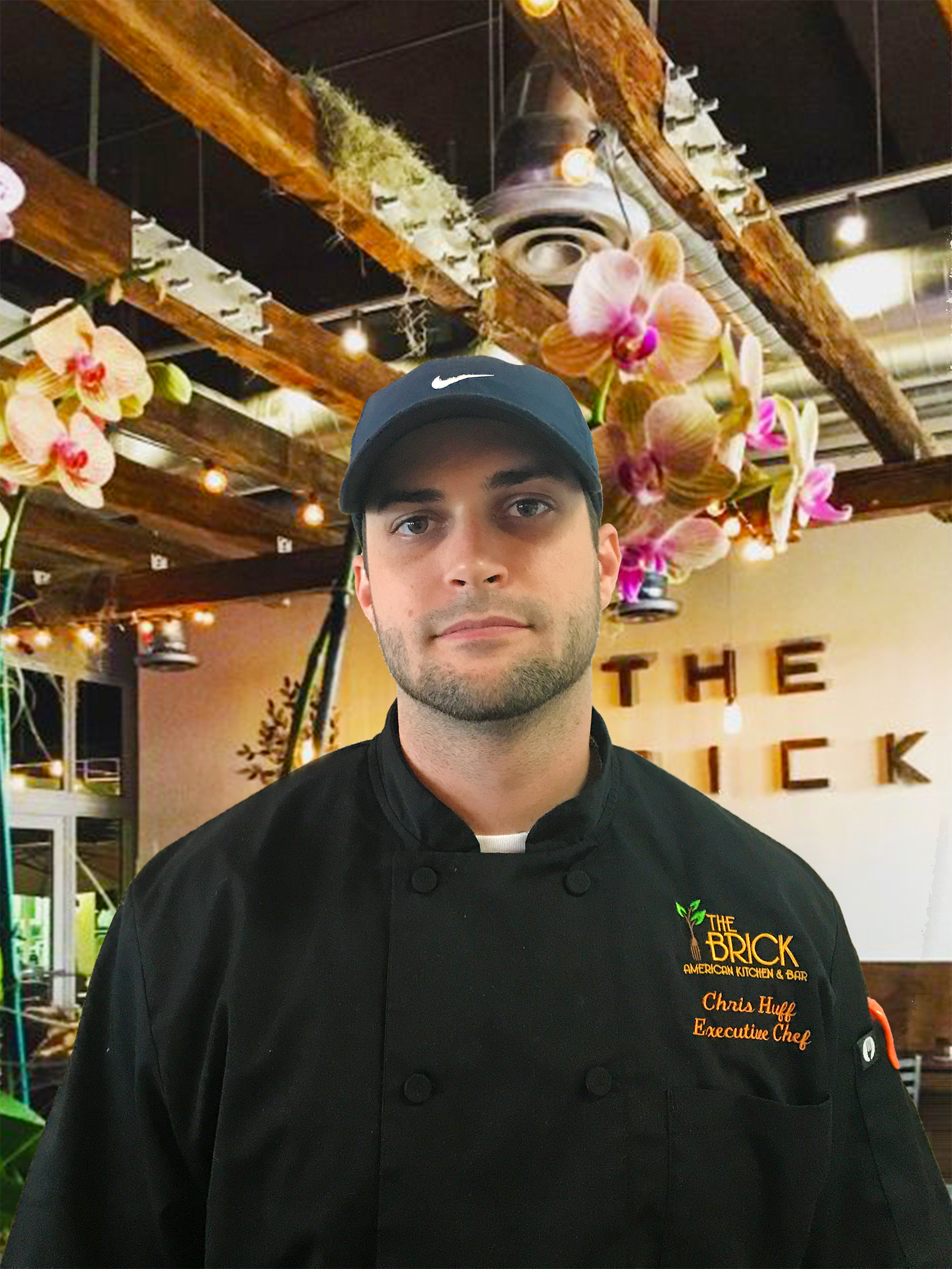It took only two years for a $165 million residential and retail development in Dadeland, Fla., to fall on hard times. Downtown Dadeland, built in 2005 across from Dadeland Mall, had a lineup of such nationals as Bombay Company, Men’s Wearhouse and Sprint, plus 416 residential condos. What it did not have mattered more.

“It was pretty stagnant," said Steven Henenfeld, a senior vice president at CREC, a Miami-based real estate management firm hired to save the project. “There was no meeting place — no unique location for the surrounding high-income demographic to come and gather and meet.”
In 2007 the original construction team handed the 7.5-acre property back to its construction lender — Goldman Sachs — and it languished for years, until investor DHPI Dadeland, of Boca Raton, Fla., purchased the 125,000-square-foot retail portion for $39 million, in August 2014, and brought in CREC to lease and manage it.
“We needed to create a new vision and realign it with the needs of the community at large and the residents,” said Carol Greenberg Brooks, president of CREC.
Attracting unique restaurant concepts proved to be the key. “The leasing team’s focus was not on what restaurant was going to work here, but what chefs are out there that can do something new and exciting and create something that is going to drive the neighborhood,” said Brooks. “It turned out that those very chefs have become bigger draws than we had anticipated. It went way beyond the neighborhood.”
Timeline
2005 Mixed-use community Downtown Dadeland opens
2007 Construction lender Goldman Sachs takes over ownership of its 125,000-square-foot retail space
2014 DHPI Dadeland purchases the retail space for $39 million
2016 Barley An American Brasserie, Ghee Indian Kitchen and Teriyaki Madness open
2017 Downtown Dadeland’s retail space achieves 75 percent occupancy
Downtown Dadeland has been reborn as one of South Florida’s top dining destinations, thanks to this complete rethinking of its retail tenant mix.
The first restaurant tenant the CREC team brought in was Teriyaki Madness, a franchised concept based in Las Vegas. But the tenant to gain the biggest draw was Barley An American Brasserie, owned by local executive chef Jorge Ramos. Among the other restaurants are Ghee Indian Kitchen, Harry’s Pizzeria and Pubbelly Sushi.
“That really kicked it off in terms of the leasing and legitimizing the street as a restaurant destination,” said Rafael Romero, the CREC vice president who helped Henenfeld lease the project. “The local restaurant chef community is very tight-knit, and having someone who is as outspoken about the benefits of the project and a believer in the neighborhood was very, very helpful and helped us put it all together.”

Harry's Pizzeria
Negotiations with Ramos took about a year. “It was really a very deliberate process," said Brooks, "and once he was on board, we were really able to work with him collaboratively to penetrate the community more broadly and attract and identify other chefs that would be synergistic.” During lease negotiations, the property was also undergoing a rebranding program. “We had to have the whole community see the property differently, because it had sat in the same position for so long, so that was important, and new ownership’s willingness to spend $1 million rebranding the property and take a chance on some of these chefs was very important.”

Chris Huff is head chef at Brick American Kitchen
To attract more traffic throughout the day, the project is also home to Orangetheory Fitness and Corpo Yoga Studio. Negotiations are under way with at least two more fitness retailers.
The rejuvenated project has appealed to a larger community than first envisioned. “What we perceived to be the primary drive initially was the neighborhood,” said Brooks. “We really weren’t anticipating that we would be pulling from other markets.”
One of the biggest lessons learned from the redevelopment was the importance of sticking to a vision when it comes to leasing, according to Romero. “Plug-and-play leasing doesn't work,” Romero said. “Sitting by your phone and waiting for the phone to ring isn't going to work. The phone will ring, but who is on the other end of the call may not be who is going to elevate your project to the next level. You could get lucky, but you probably won’t.”
By Ben Johnson
Contributor, Commerce + Communities Today


